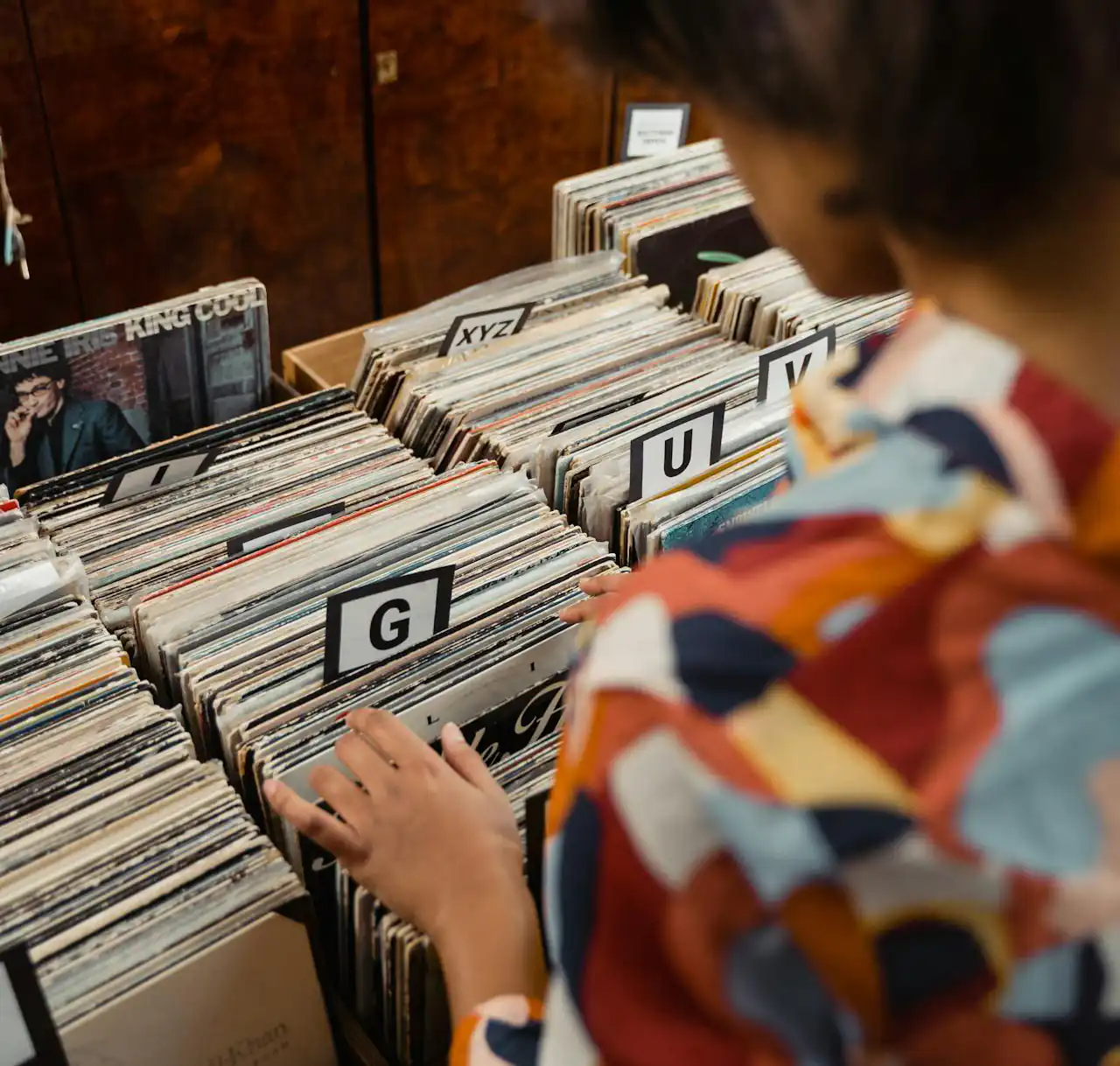
Metadata is the information that tags along with your songs. It plays a crucial role in the music industry by serving as a fingerprint to track and manage music assets thereby facilitating music licensing, royalty calculation, and accurate attribution of artists and rights holders. However, in 2024 according to the MLC, over $261 million is unpaid to artists, songwriters, and rights holders due to missing and incorrect metadata. In this series, JamWith covers the importance of music metadata for artists, how to work with it, and legal precedents where metadata was key.
Brief history of music metadata

Music metadata can be traced back to simple sheet music, where identifying information such as song name, author, genre, and year of creation was written in the headline. Later, this information was printed onto labels and liners of physical formats like vinyl records and CDs. In the 1980s, the International Standard Recording Code (ISRC) was introduced to provide unique identifiers for sound recordings, facilitating royalty distribution across different mediums.
In the digital realm, accurate metadata has become more crucial. For digital music files and streaming services, correct metadata is vital for identification, organization, and revenue. The creation of metadata standards, like ID3 tags and Broadcast Wave Format (BWF) specifications, ensured interoperability across different databases and software.
Ultimately, this is relevant to music creators because comprehensive and accurate metadata directly impacts the royalties you earn, who hears your music, and your rights to your music.
Benefits of using music metadata for artists
- More Money: Correct metadata ensures accurate and fair compensation for creators. So by including complete metadata, you can minimize the risk of ending up in the pool of over $261 million in royalties not paid to artists.
- Bigger Audience: Metadata helps categorize music like how hashtags categorize posts on social media. Furthermore, they make it easy for listeners and content creators to discover or use your music. So your music can reach more people and you increase your odds of being heard and getting placements.
- Protected Rights: Metadata can provide crucial information about ownership and rights, which protects your work from unauthorized use and copyright infringement.
By maintaining accurate metadata, you establish a clear record of your ownership and protect your intellectual property. However, many Independent musicians and creators don’t use it properly, leading to trouble or victims of copyright infringement.
Types of metadata
- Descriptive metadata includes information such as song title, artist name, album title, genre, release date, and copyright information. It describes the music to listeners and industry professionals.
- Structural metadata provides details about the composition structure, e.g., track durations, sequence, and arrangement. Which helps with organizing and arranging music files.
- Administrative metadata covers information about rights management, the publisher, ownership, licensing terms, and royalty splits. Which ensures legal compliance and fair distribution of royalties.
How to manage my music metadata
Proper metadata management is essential to avoid royalty disputes, missed revenue opportunities, and theft of your music. However, manual entry of metadata can be time-consuming and prone to errors, especially for large music catalogs. Additionally, the lack of standardized metadata formats and interoperability between different music databases and systems poses challenges for data exchange and integration.
For musicians, a Digital Asset Management (DAM) system is vital. Since it centralizes digital assets, enables collaboration, assures version control, secures storage, simplifies distribution, handles metadata, and upholds brand uniformity. Altogether leading to time savings and boosted productivity.
Metadata standards and industry practices
The lack of standardized formats and interaction between databases create data exchange challenges across media and data platforms and companies. Refer to the ISRC handbook for more details on how to register your music and receive this important 12-character code. The distributor or record label typically assigns the ISRC code.
The different platforms use the Digital Data Exchange (DDEX) standard to share metadata. However, access to DDEX standards and tools may require a subscription or affiliation.
Management of music metadata for artists
As shown above, proper metadata management avoids royalty disputes, missed revenue opportunities, and difficulties in copyright enforcement. However, manual entry of large volumes can be time-consuming and lead to errors. That is where sophisticated tools and services come in.
- Online Metadata Databases: Platforms e.g. MusicBrainz, Discogs, and Gracenote provide extensive metadata for music tracks. These databases help retrieve detailed information and create metadata-driven playlists.
- Private Catalogs and Management Systems: Organizations use DAM platforms like Synchtank which offer centralized metadata management, bulk editing, automated tagging, and integration with royalty calculation systems.
- AI-powered Systems: Tools like Landr offer AI-assisted music production and distribution management. They analyze audio content, textual data, and user behavior patterns to enhance metadata accuracy. Whereas Soundcharts uses AI and machine learning to provide music analytics, including tracking metadata across distribution and social media platforms.
- Workflow Automation: Embedding metadata within audio files using formats like ID3 tags or BWF ensures compatibility with production software and hardware. Therefore, workflow automation tools such as Mp3tag that facilitate bulk tagging, updating, and synchronization can be useful to artists.
Let JamWith be your music promotion superpower
Introducing JamWith, the Linkedin for the music community. Sign up now!
Join our Discord to get involved with a growing community of talented artists and get opportunities for features, collabs, and feedback! Subscribe to the JamWith Briefing newsletter for updates and to be kept up-to-date on tips, music industry trends, and the innovative tools we are developing to make collaboration and artist showcasing effortless. To discover how JamWith can enhance your music career, check our page.
Next Steps
So what are some questions to ask yourself?
- What is missing in my music’s metadata? Are all collaborators and rightsholders properly credited?
- Am I tracking my ISRC codes for my music?
- Where can I find professional counsel to manage my metadata?
In the next part of this series, JamWith will cover practical steps for working with music metadata for artists. Meanwhile, check out these organizations and companies for the latest news and services to improve creator protection and royalty payouts.
👇 👇 👇 👇 👇 👇
Tune in and share your opinion below (anonymous)!
We will provide the results and consider them when writing future articles.

How often do you update or review your music metadata?
